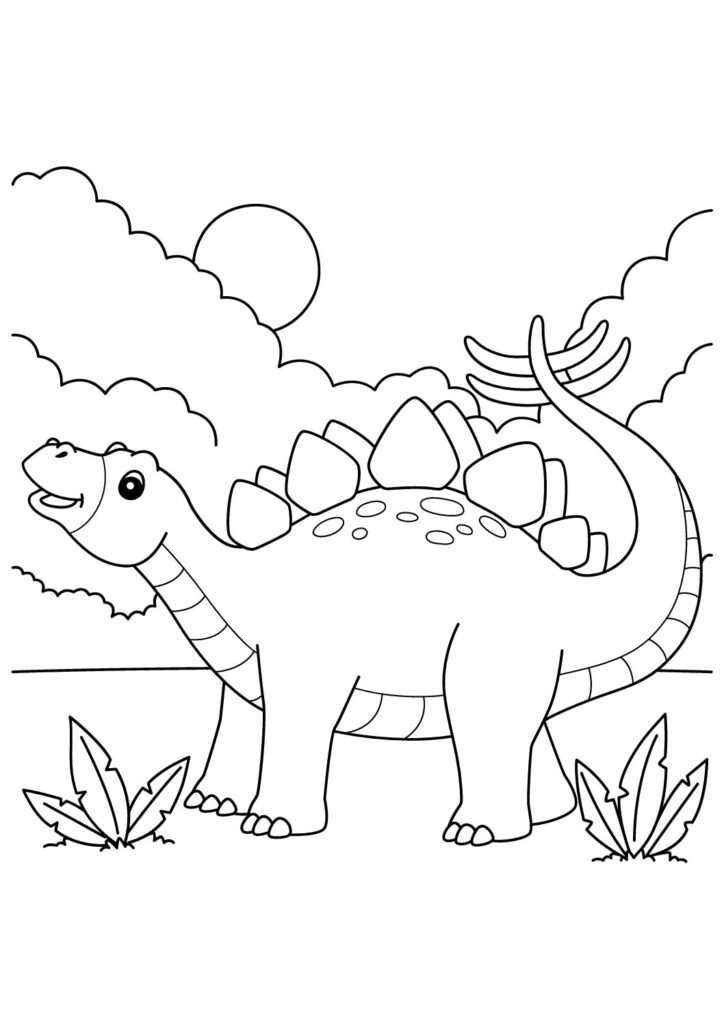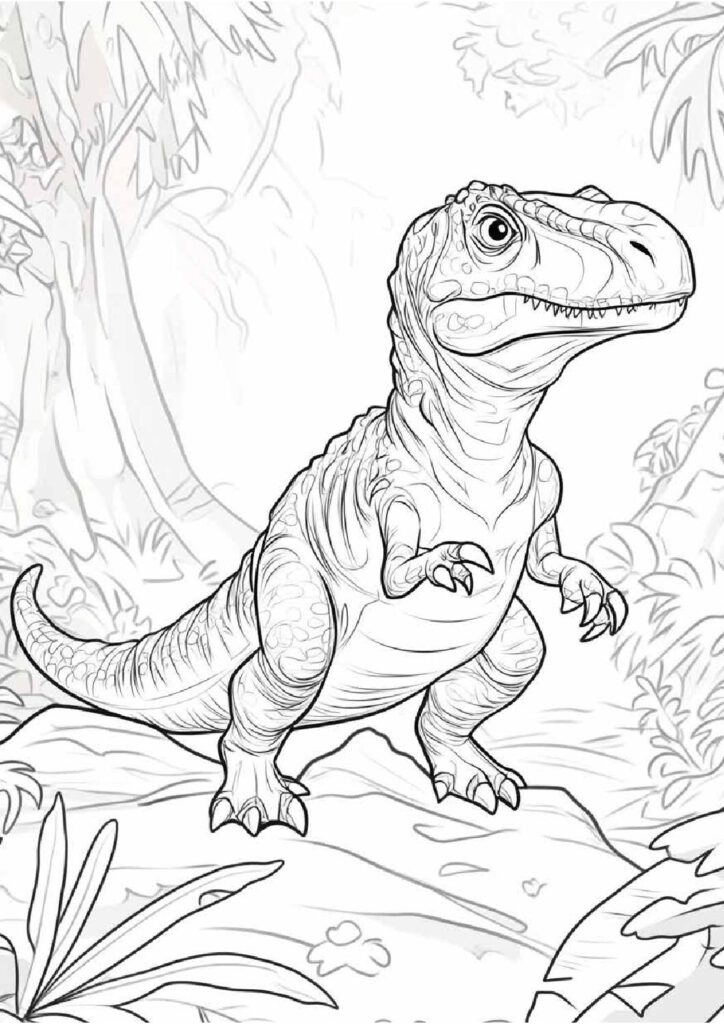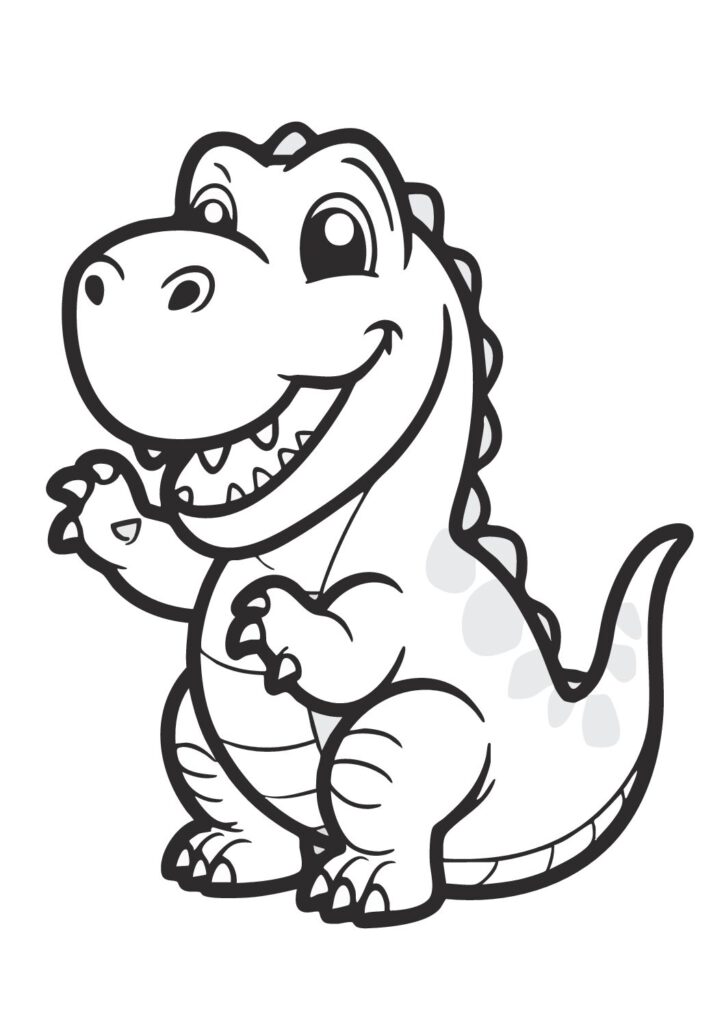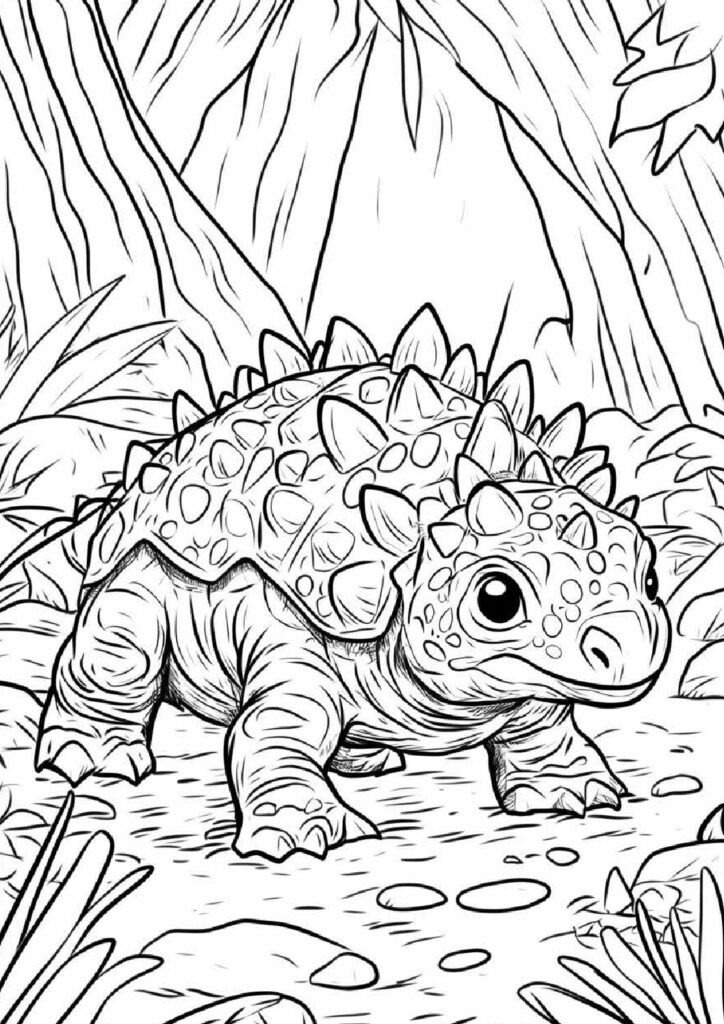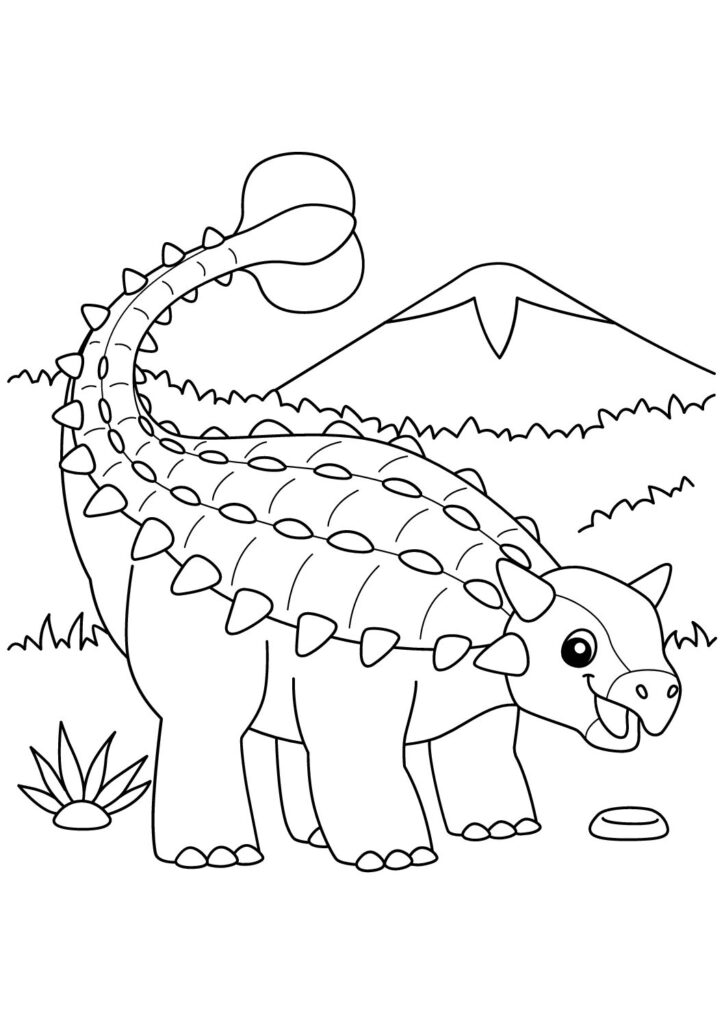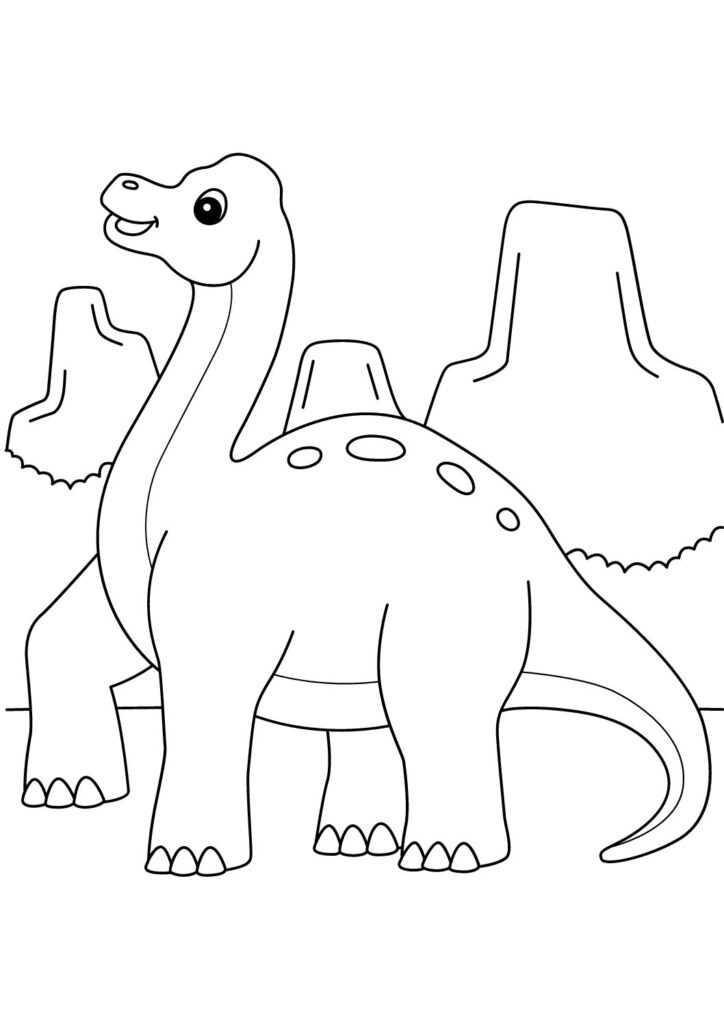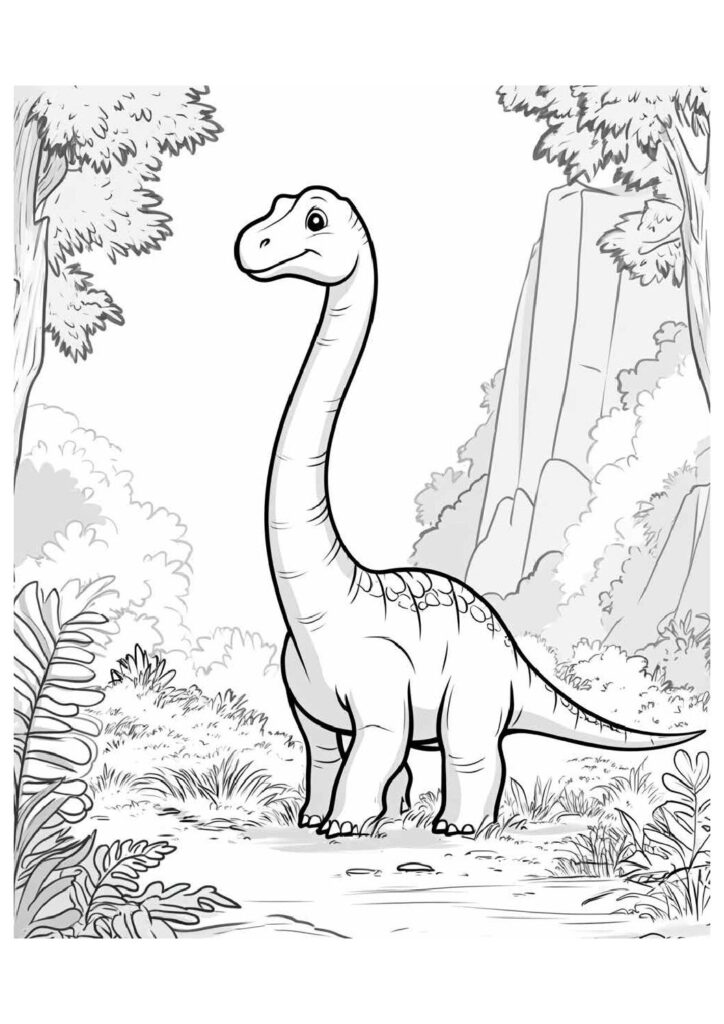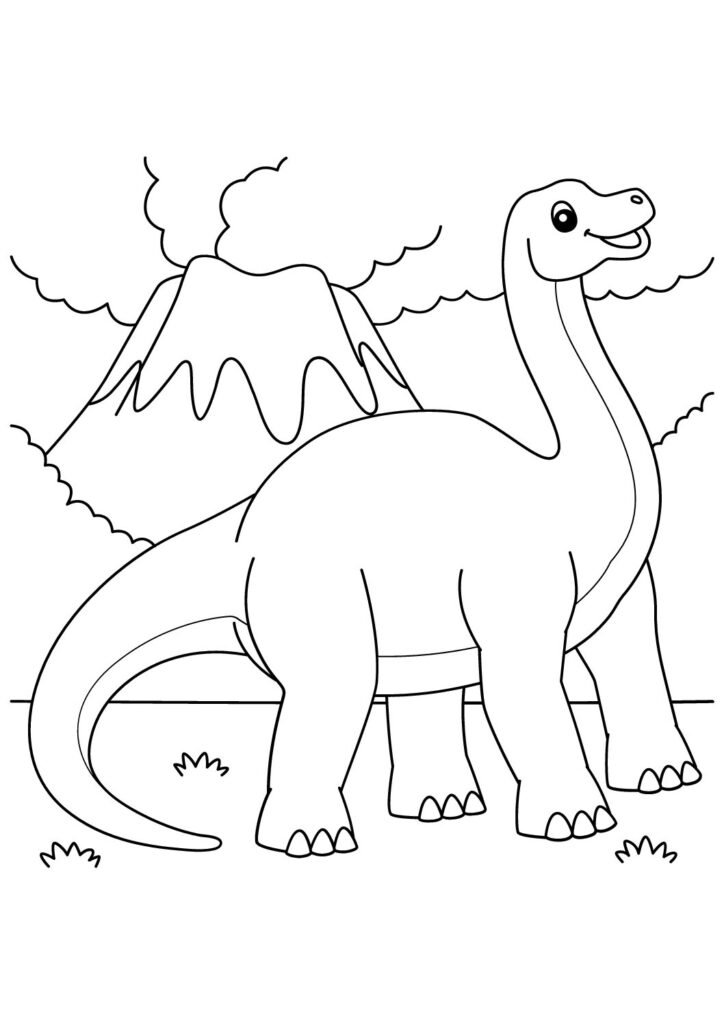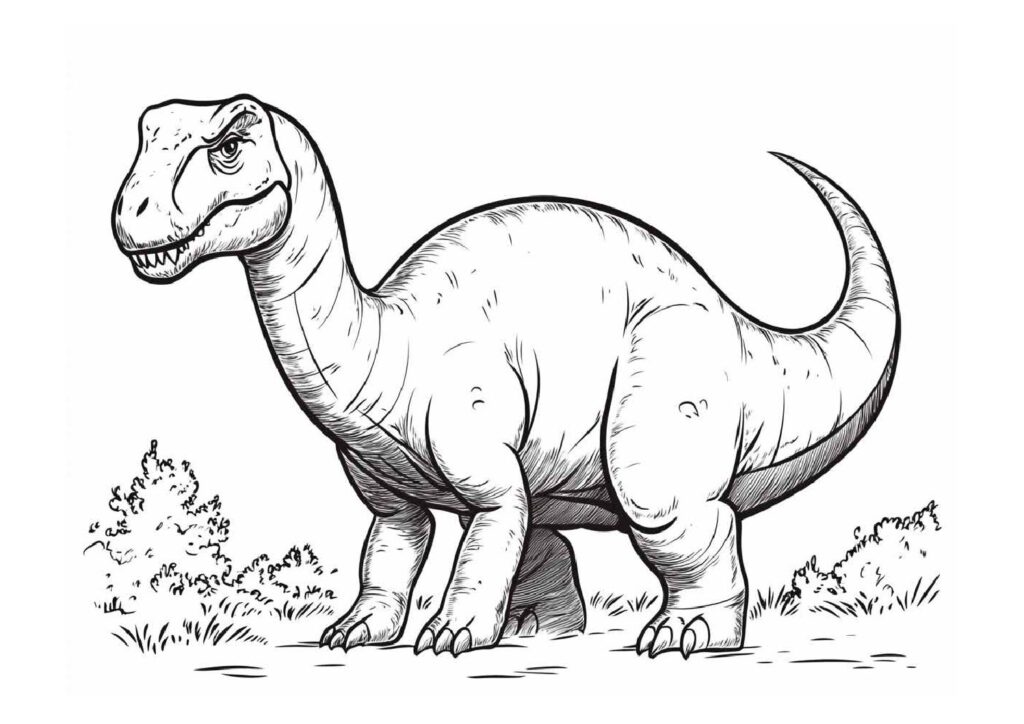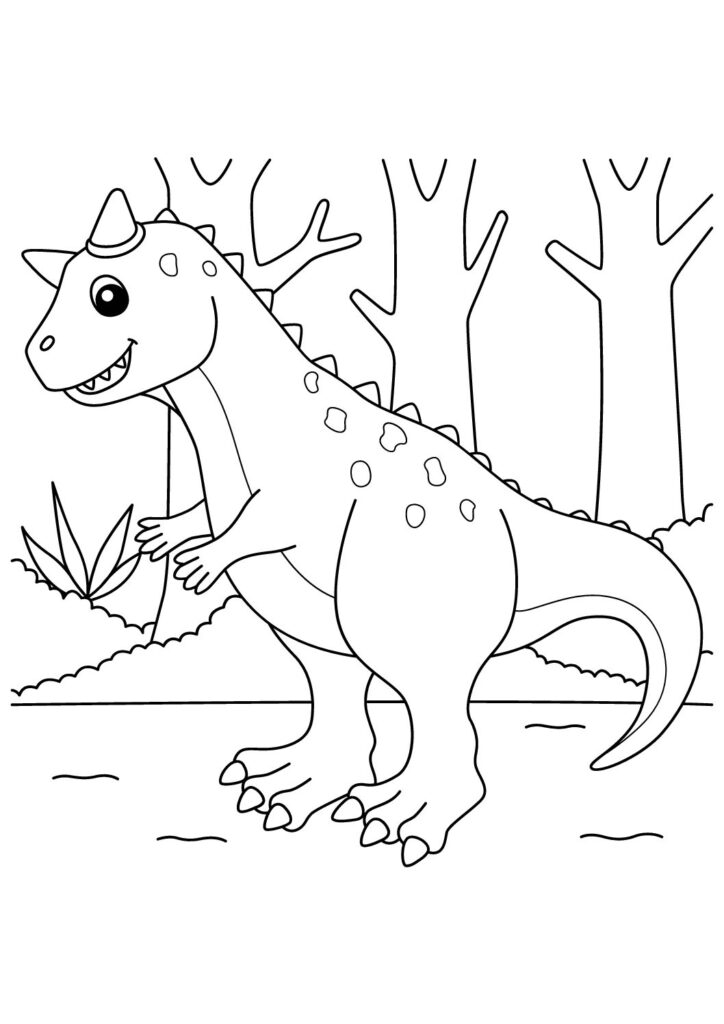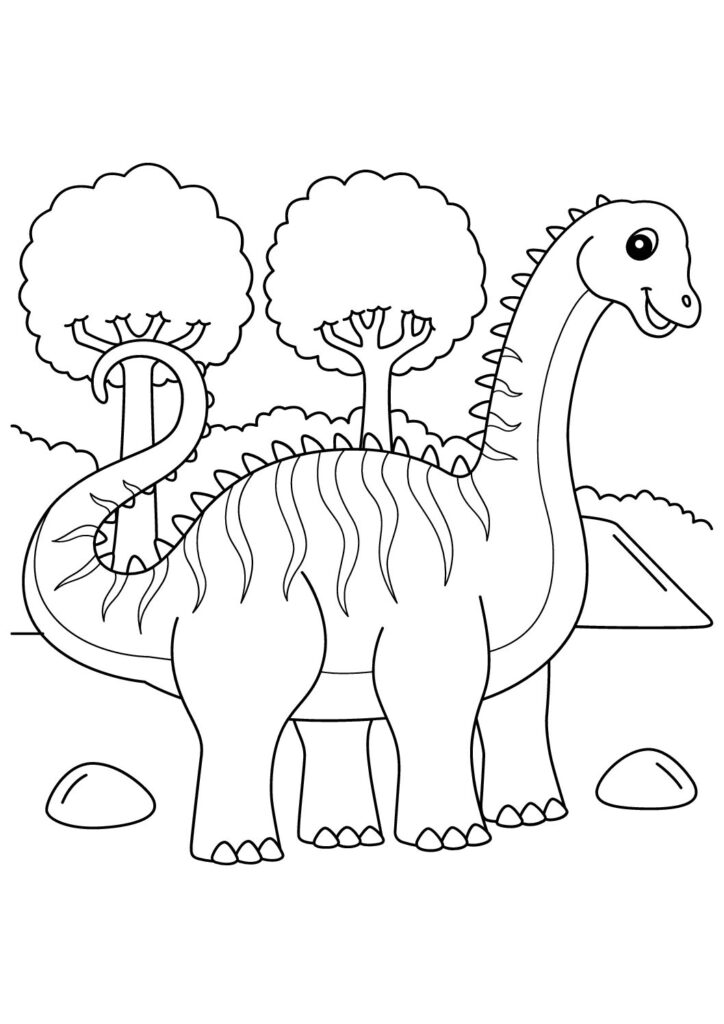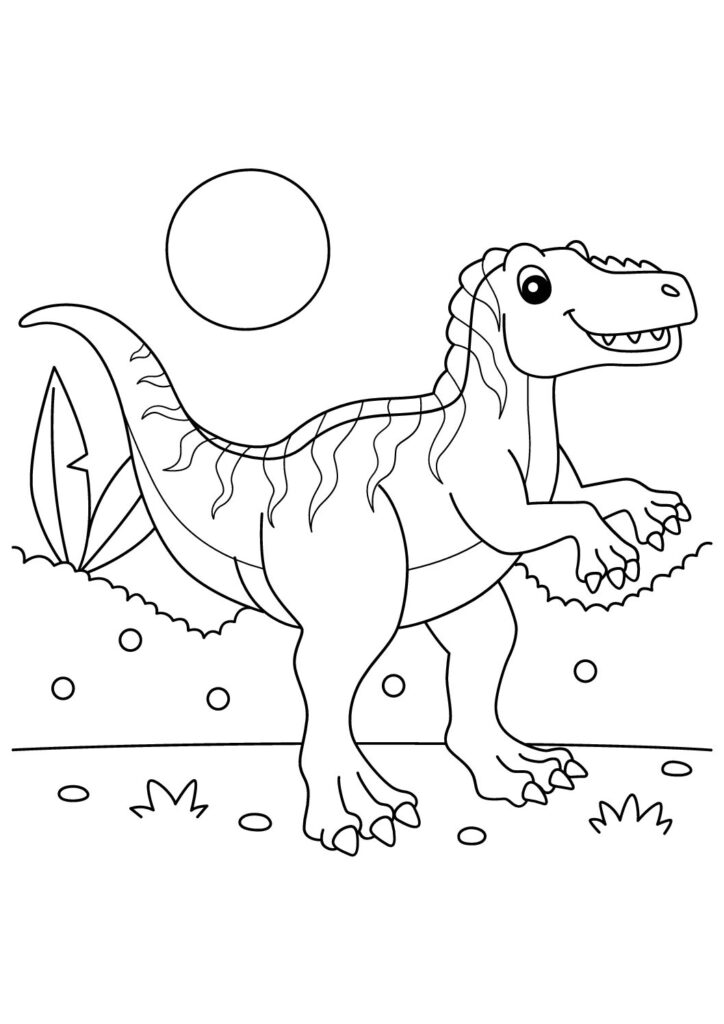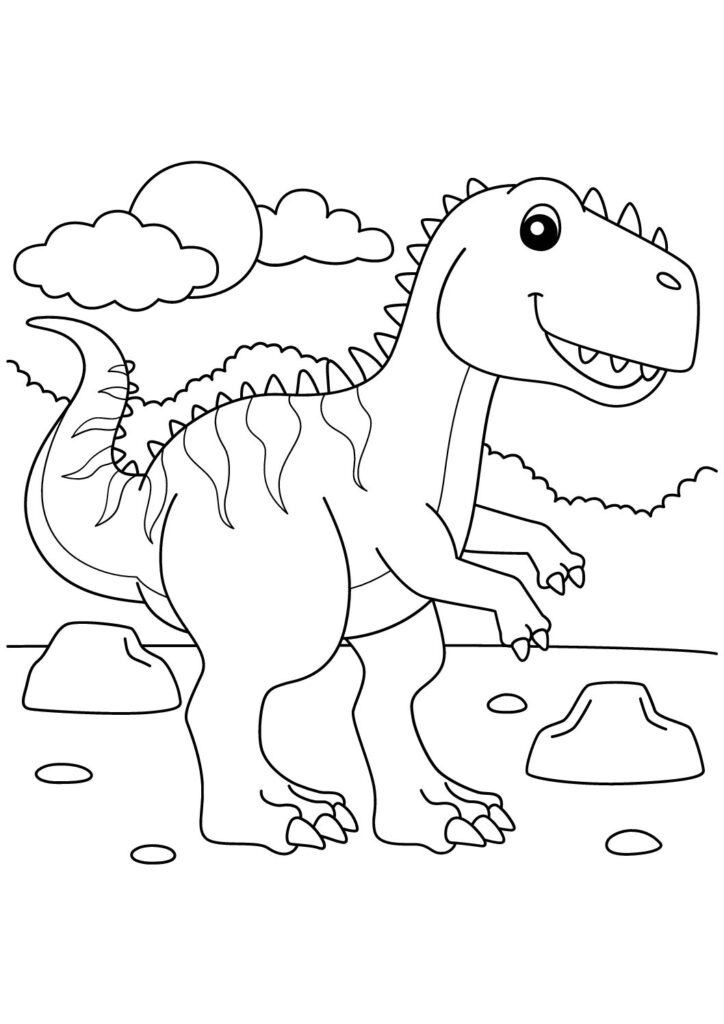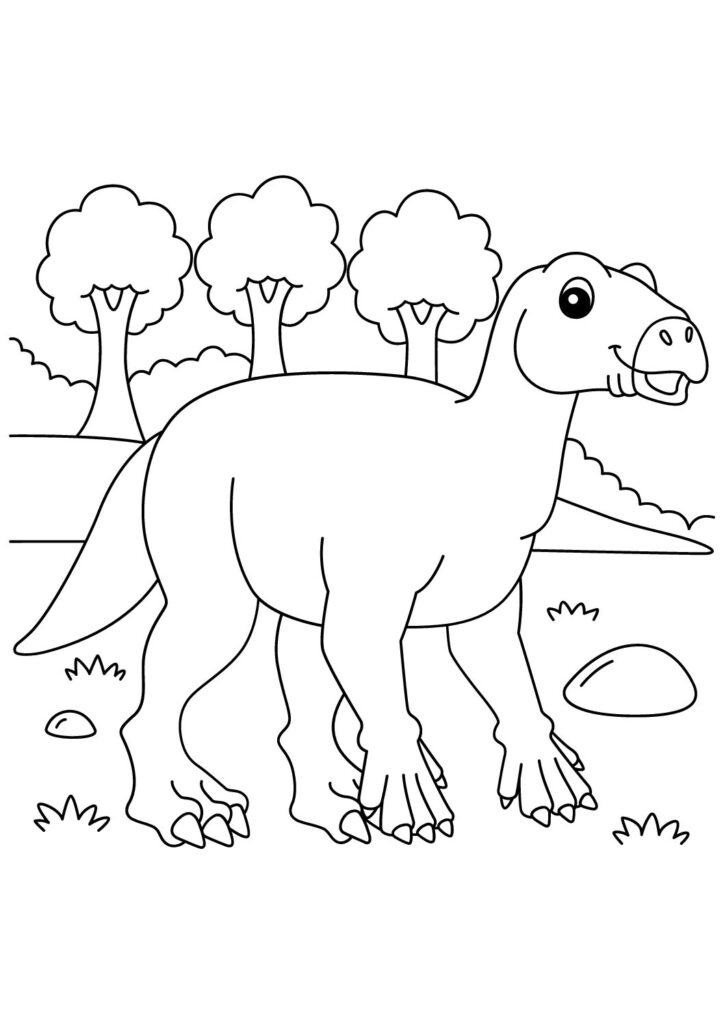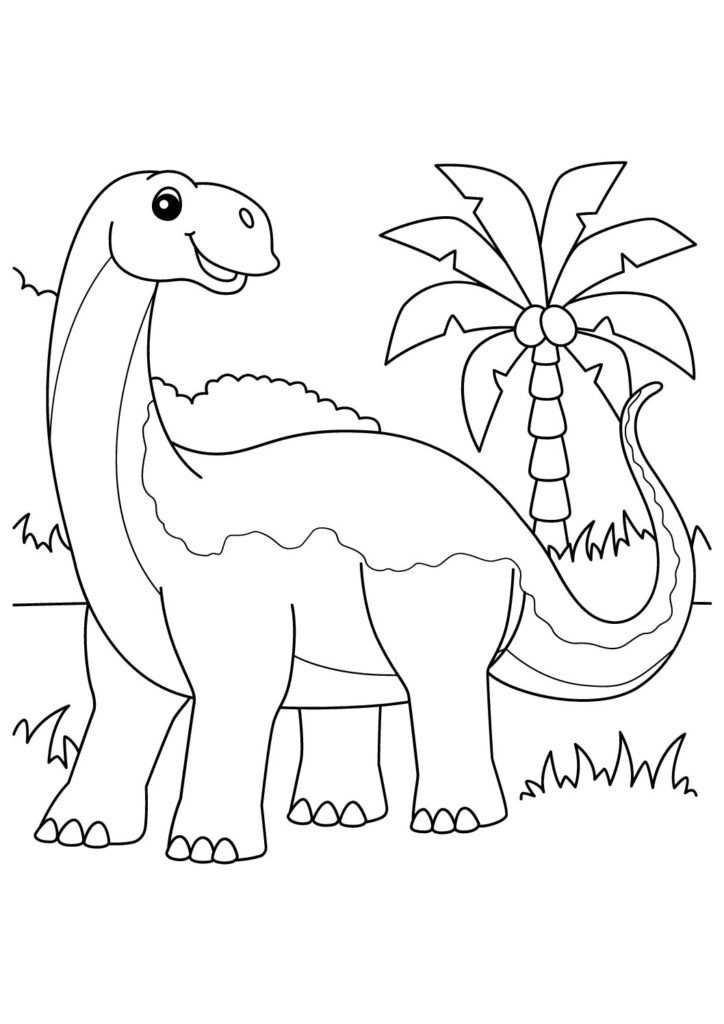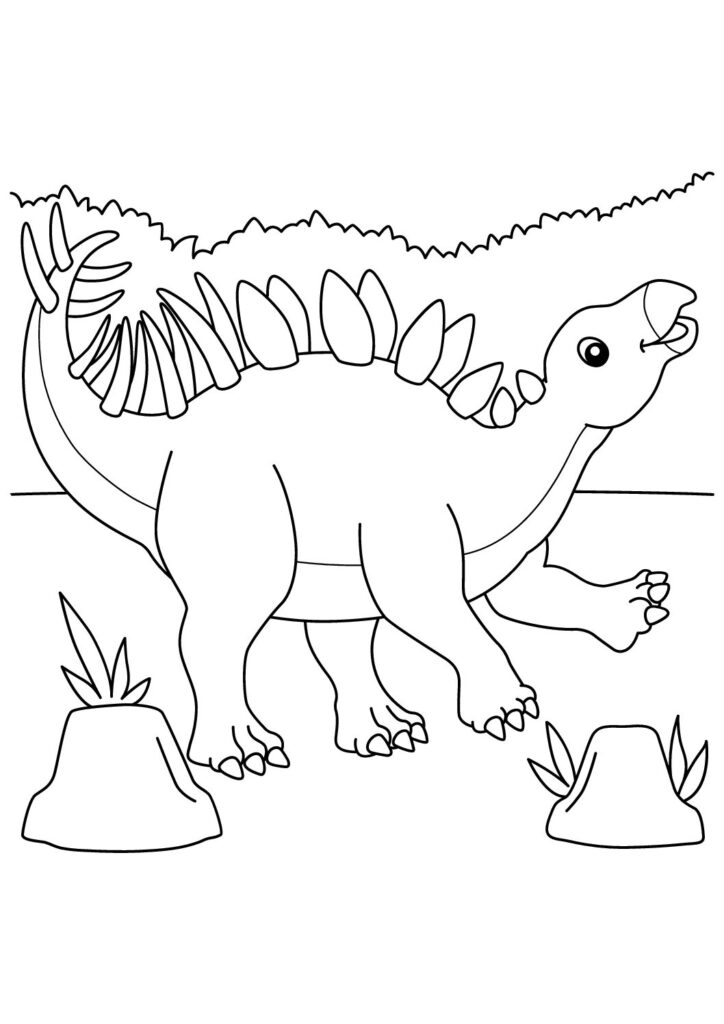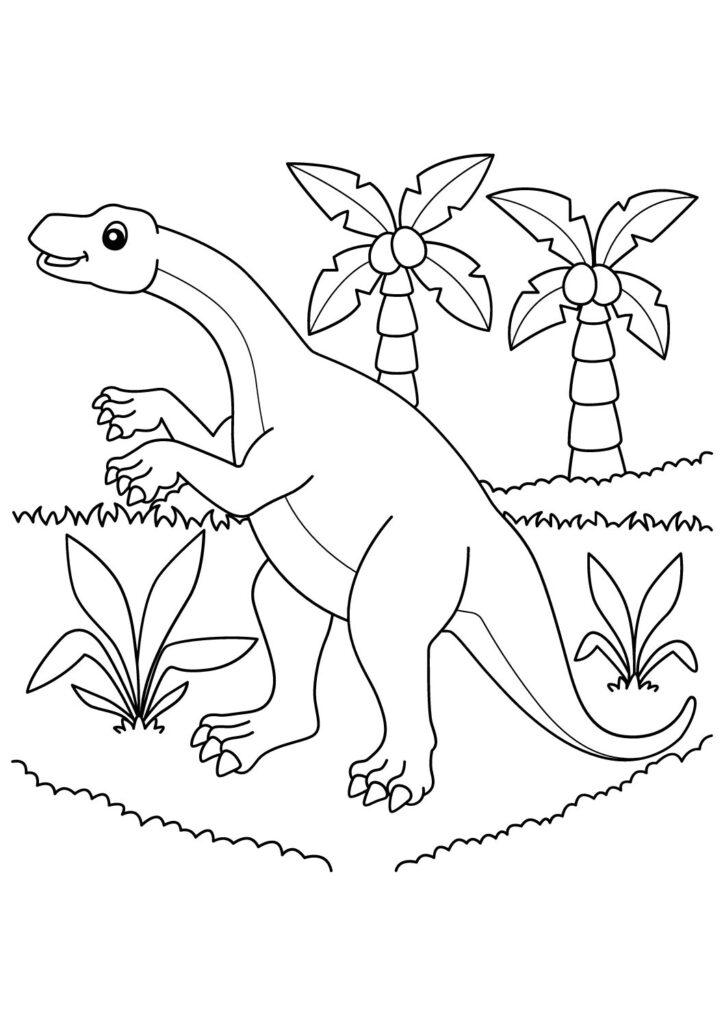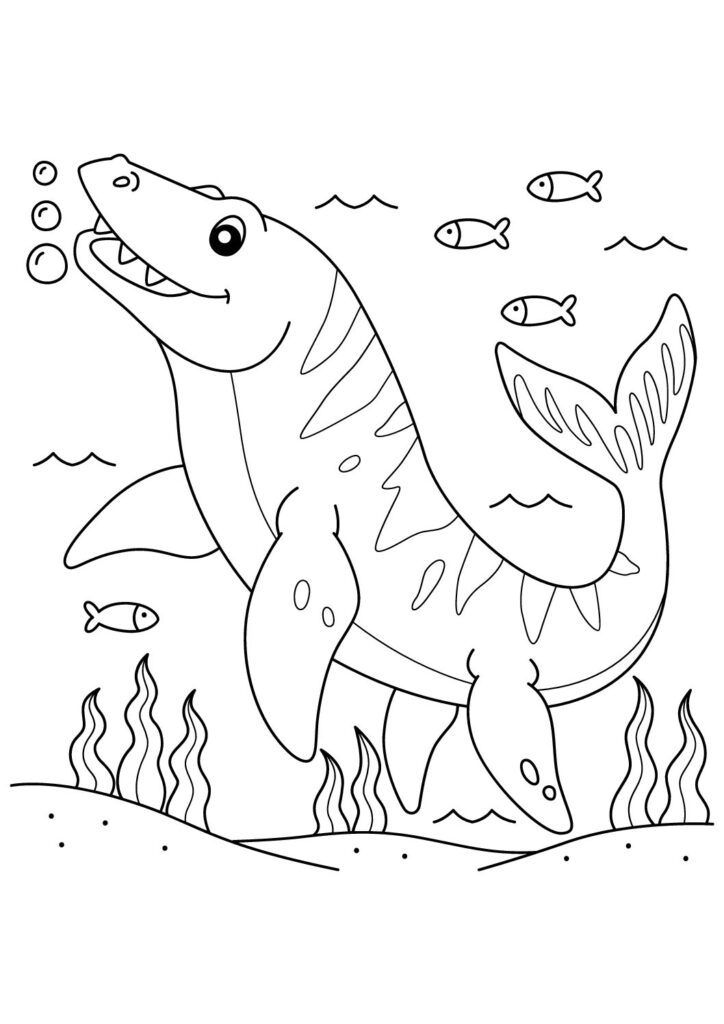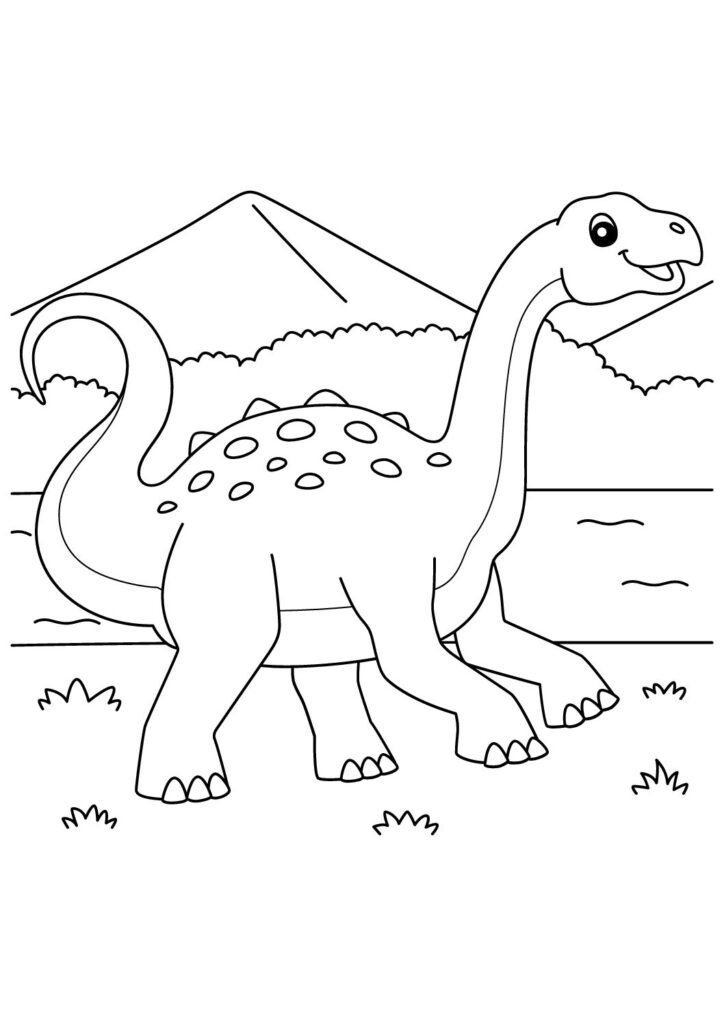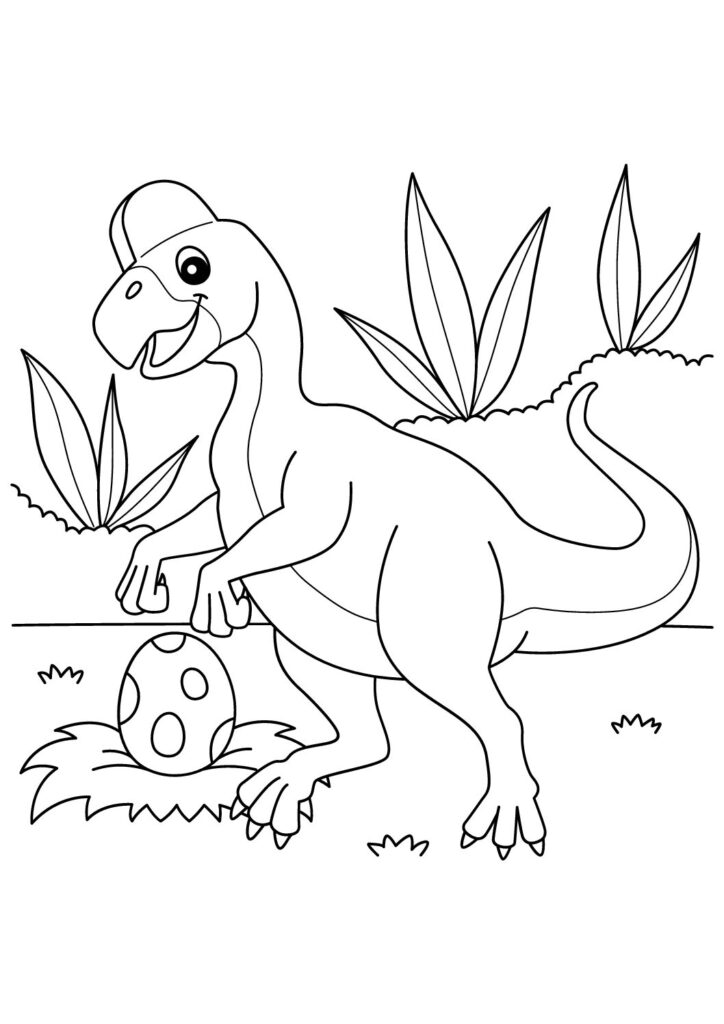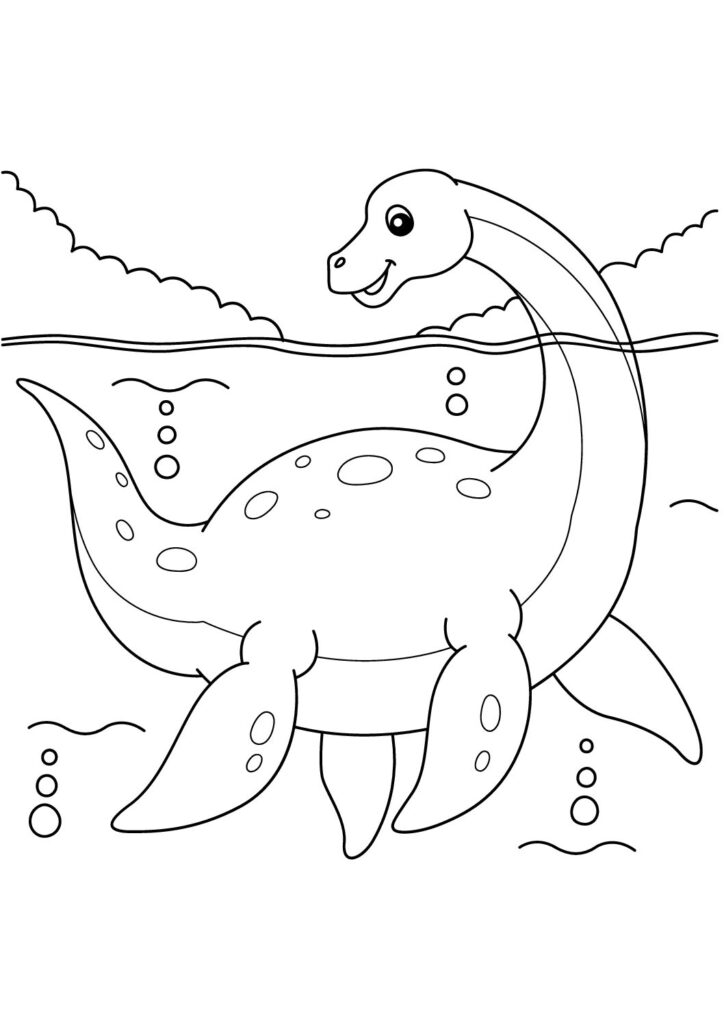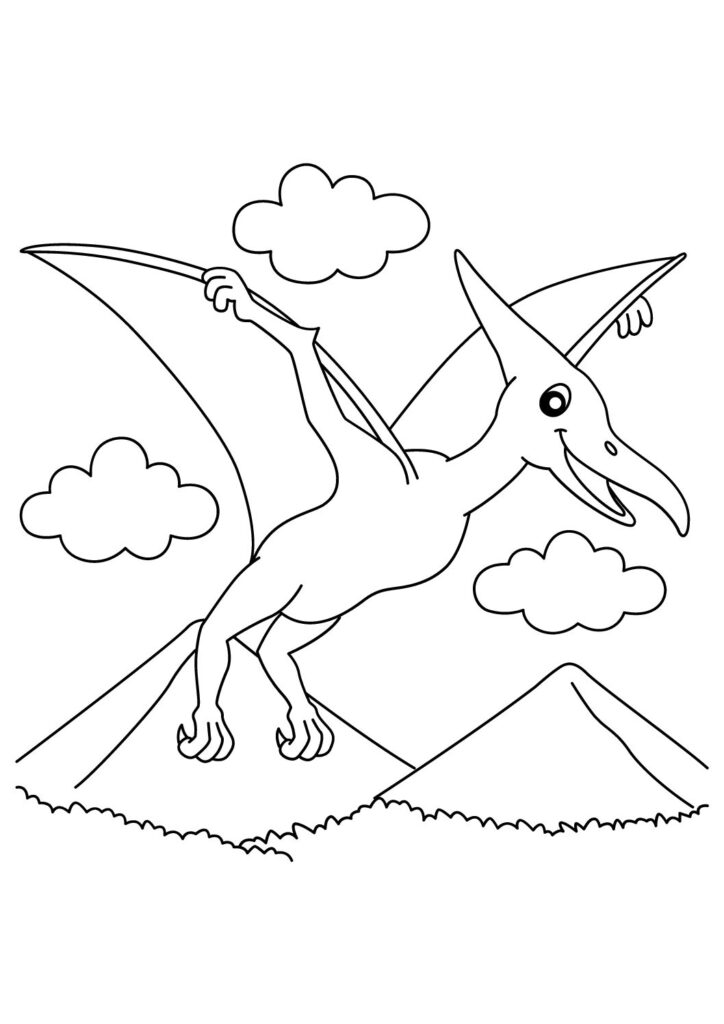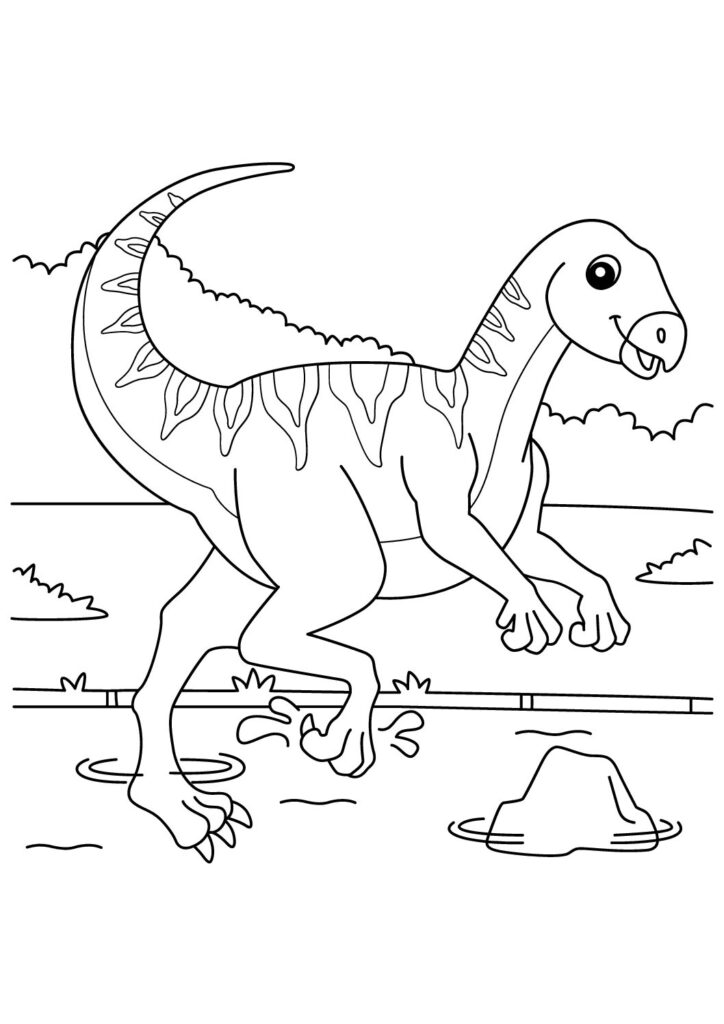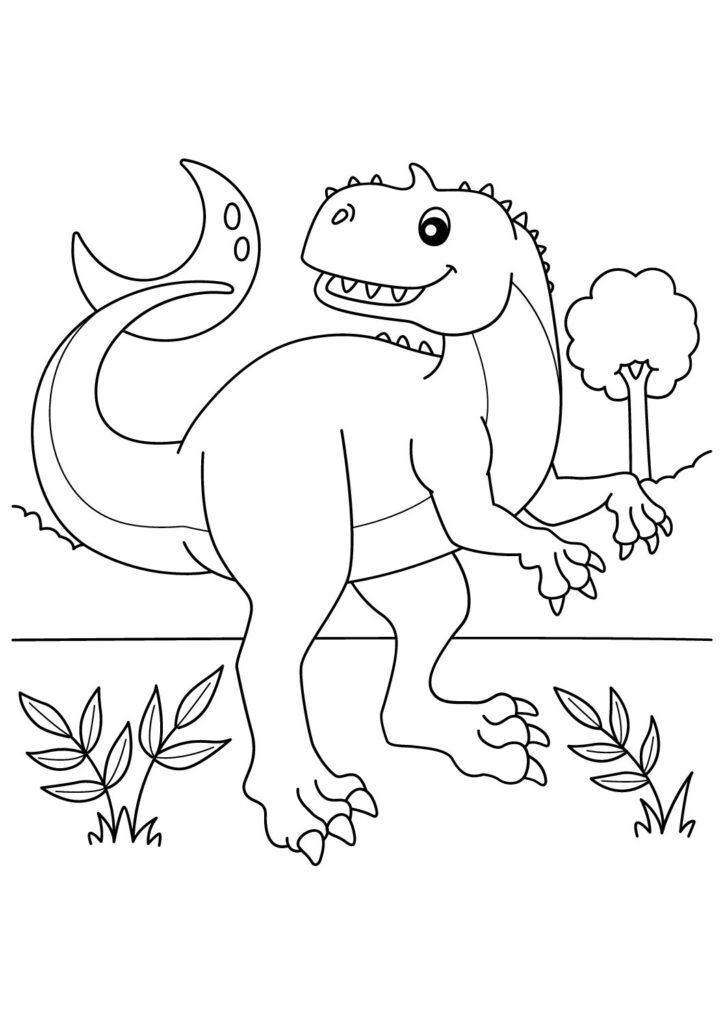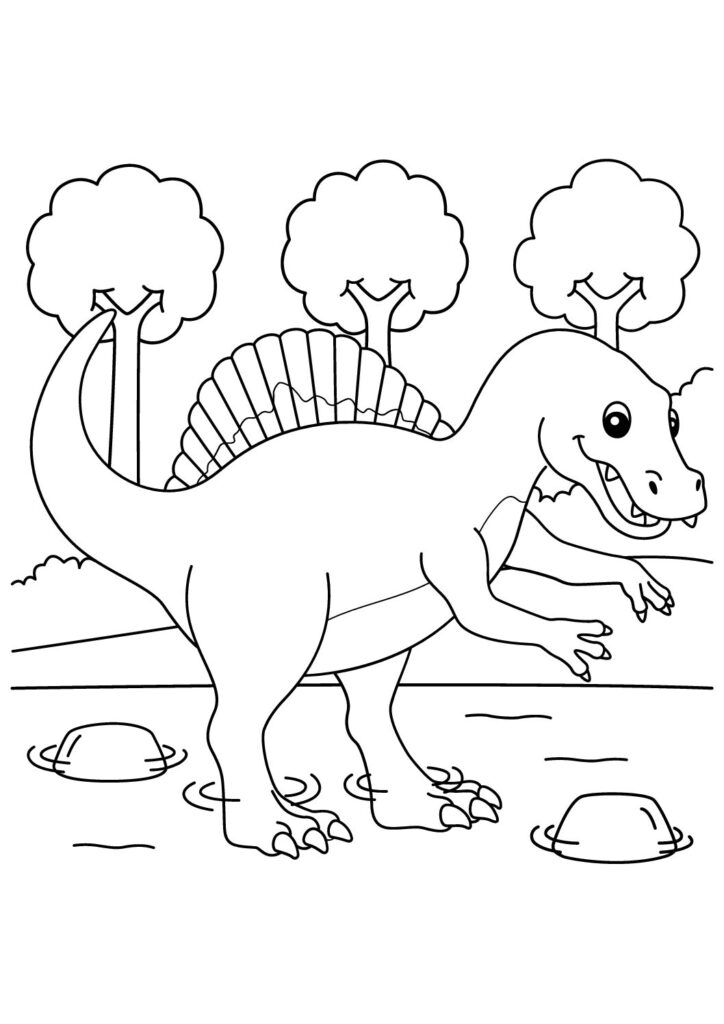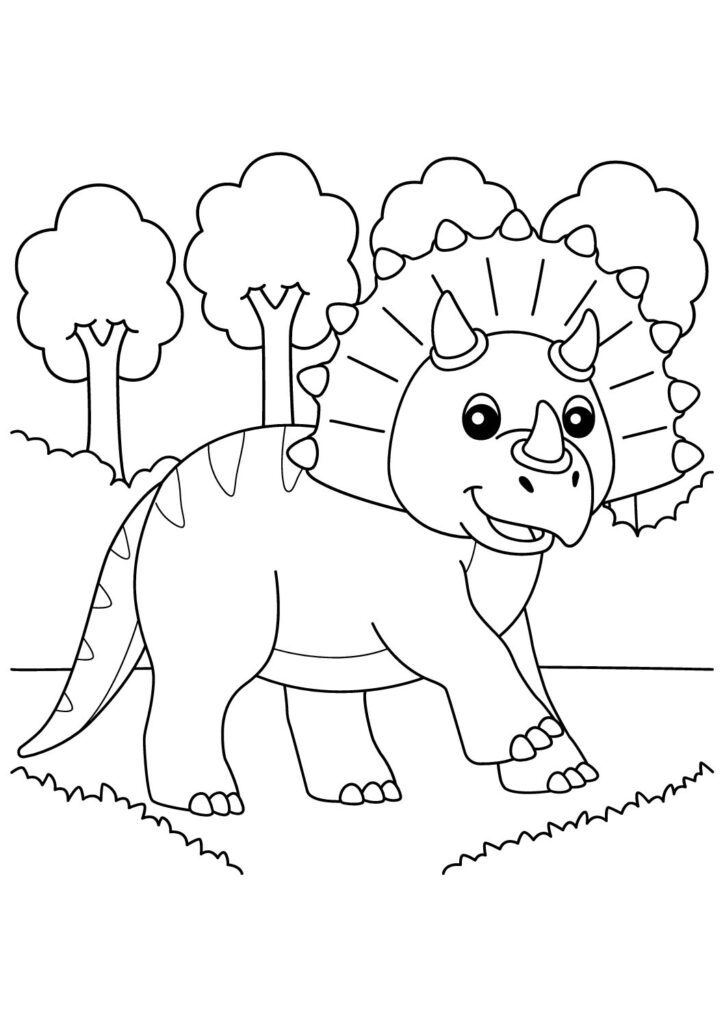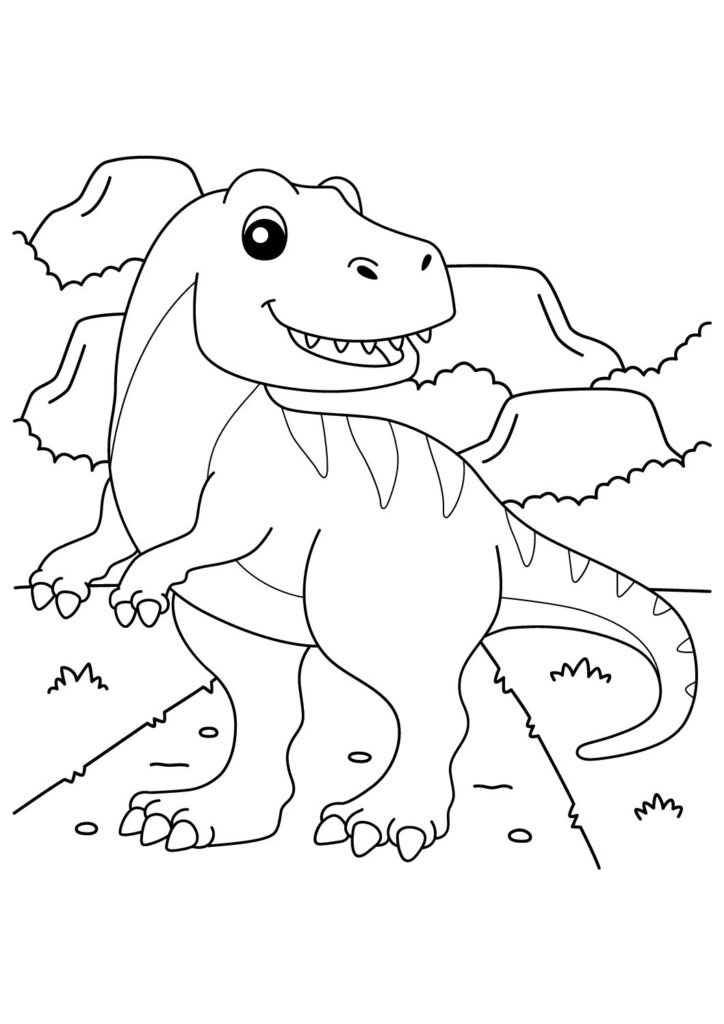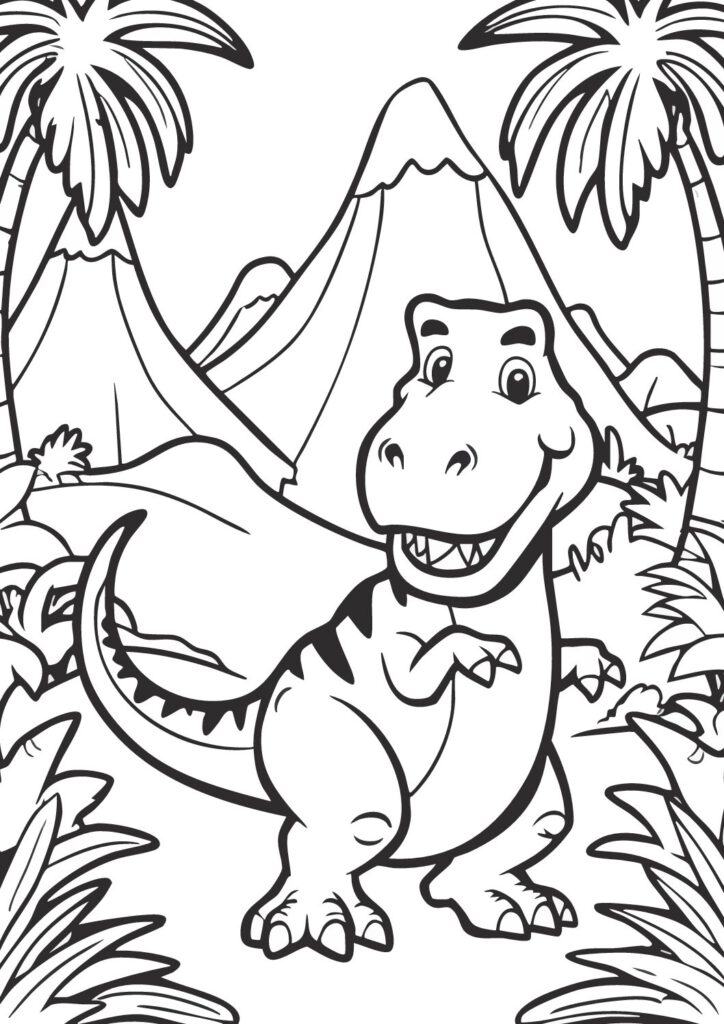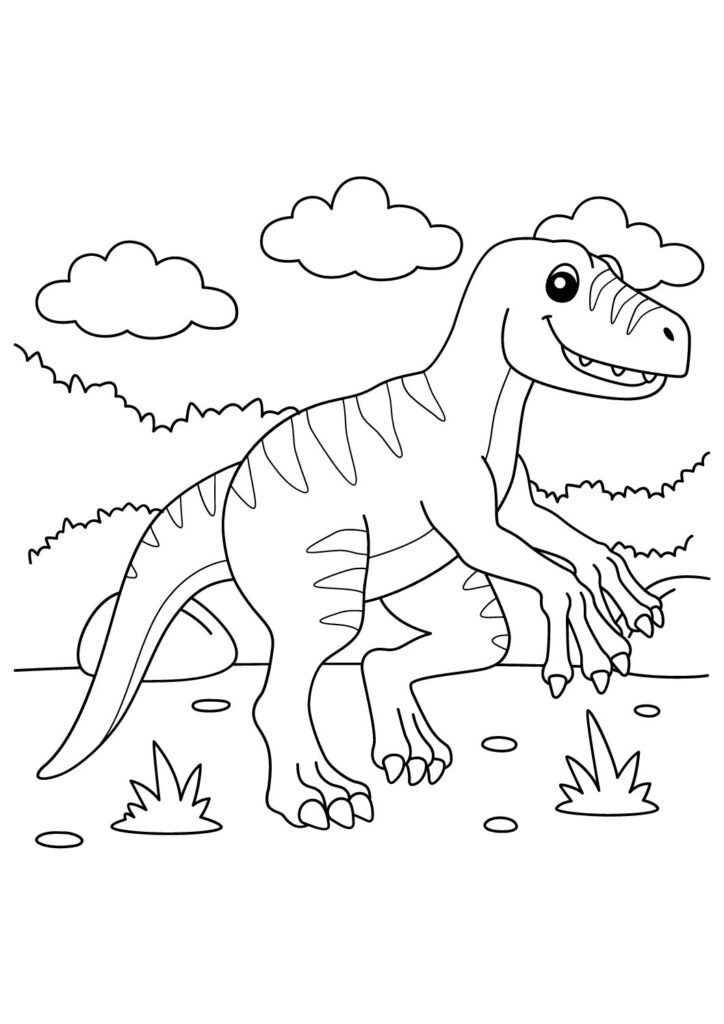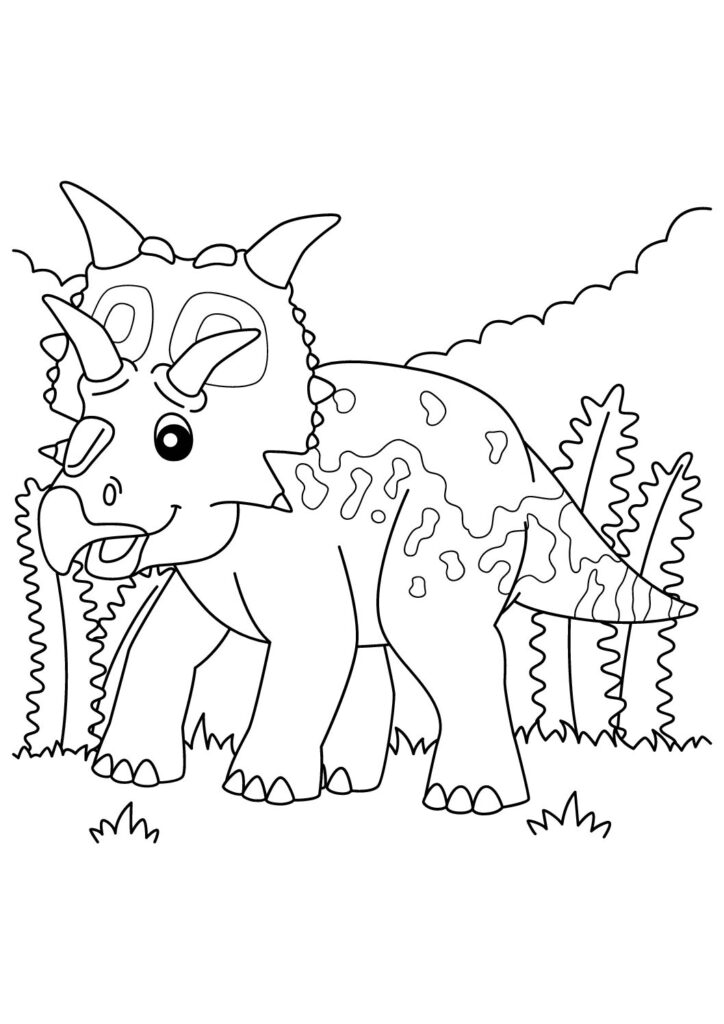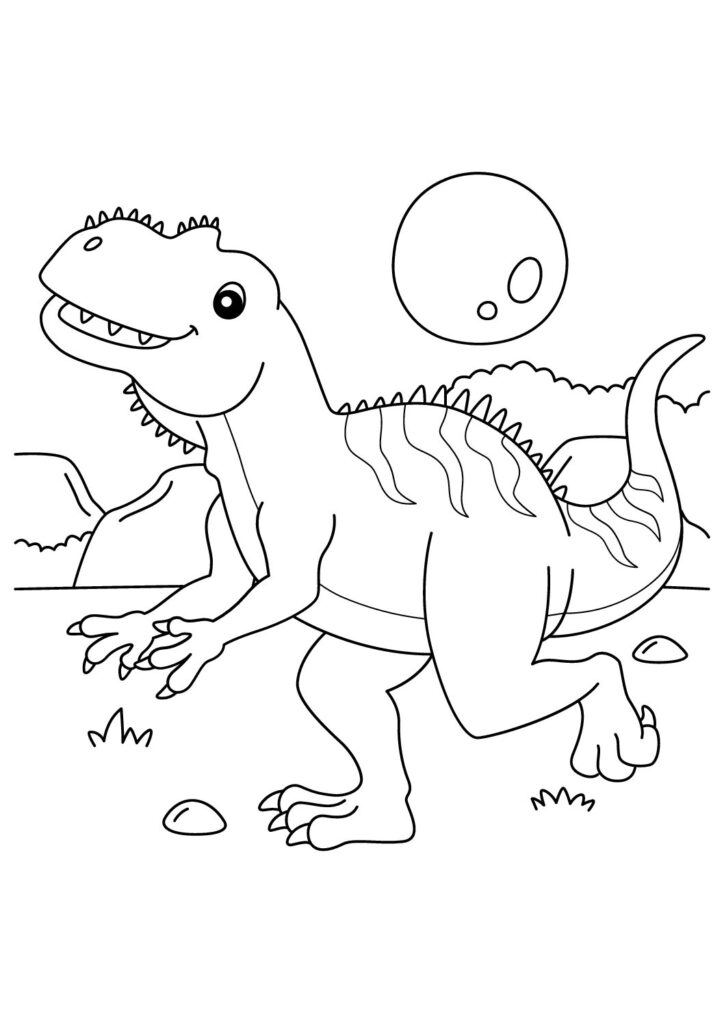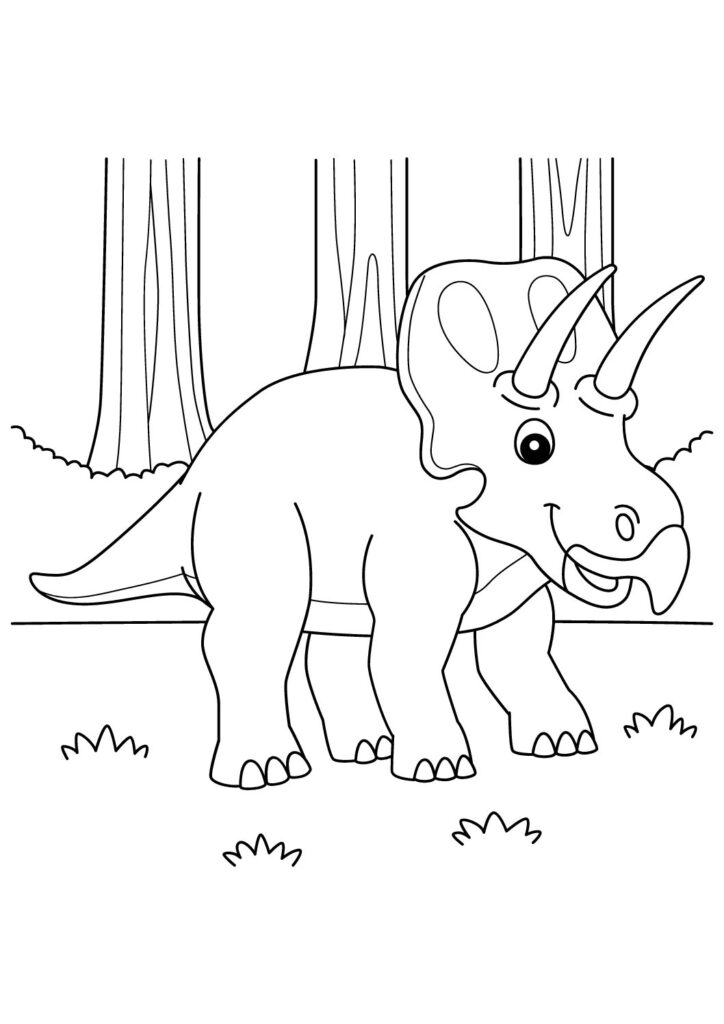1 Free Stegosaurus Coloring Pages for Download (Printable PDF)
March into our free printable collection of Stegosaurus coloring pages featuring these armored giants in their defensive poses! Download these high-quality sheets showcasing these iconic dinosaurs with their distinctive row of plates, spiked tails, and sturdy bodies displaying their incredible defensive features. Perfect for kids and dinosaur enthusiasts, these detailed prehistoric coloring pages capture the peaceful nature of these plant-eating creatures known for their unique combination of back plates and tail spikes. Each printable sheet brings these amazing Jurassic defenders to life, highlighting their famous diamond-shaped plates, powerful thagomizer tails, and distinctive prehistoric profile!
Fascinating Stegosaurus Facts: The Ultimate Guide to the Iconic Plated Dinosaur
Introduction
Stegosaurus represents one of paleontology’s most iconic and instantly recognizable dinosaurs, roaming western North America during the Late Jurassic period approximately 155-145 million years ago. This remarkable herbivore, whose name means “roofed lizard,” has captivated scientific and public imagination since its discovery in the 1870s, with its distinctive combination of massive body, double row of upright plates, and spiked tail creating one of dinosaur history’s most distinctive silhouettes.
Distinctive Plates
Stegosaurus’s most famous feature—its double row of alternating upright plates running along its back and tail—represents one of evolution’s most unusual adaptations. These plates, some exceeding 2 feet in height, contained extensive networks of blood vessels suggesting they primarily functioned as thermoregulatory devices, effectively serving as solar panels and radiators to help regulate body temperature in the seasonal Jurassic climate.
Formidable Defense
The well-known “thagomizer” (a term coined by cartoonist Gary Larson) at the end of Stegosaurus’s tail featured four massive spikes, each potentially exceeding 2-3 feet in length. These formidable weapons could deliver devastating damage to predators, as evidenced by an Allosaurus vertebra discovered with damage matching a Stegosaurus tail spike, providing rare direct evidence of combat between specific dinosaur species and demonstrating the effectiveness of this defensive adaptation.
Physical Characteristics
Stegosaurus reached impressive dimensions, measuring approximately 25-30 feet long, 14 feet tall to the tips of its tallest plates, and weighing 5-7 tons with different species varying in size. Despite its massive body, Stegosaurus possessed a remarkably small brain relative to its size—approximately the size of a walnut—leading to the outdated but persistent myth that it possessed a second brain in its hip region (actually an enlargement of the spinal cord) to control its rear quarters.
Diet and Feeding
As a low-browsing herbivore, Stegosaurus featured a small head with a toothless beak at the front of its jaws and small, triangular cheek teeth adapted for nipping and shredding vegetation rather than extensive chewing. Its primary diet likely consisted of low-growing ferns, cycads, and primitive conifers that dominated Late Jurassic landscapes, with its head typically carried just 3-4 feet above ground level despite its overall impressive size.
Scientific Evolution
The scientific understanding of Stegosaurus has undergone multiple revisions since its discovery, from early reconstructions with plates lying flat like armor to the modern understanding of upright plates in alternating arrangements. Most significantly, comprehensive research published in 2015 determined the number and arrangement of plates varied between Stegosaurus species, with S. stenops featuring 17 plates and the adult pattern developing as individuals matured.
Cultural Impact
Stegosaurus has maintained extraordinary popular appeal since entering public consciousness, becoming a fixture in dinosaur books, films, toys, and museum exhibitions worldwide. Selected as the state dinosaur of Colorado in 1982 where many specimens have been discovered, its distinctive silhouette serves as an immediately recognizable symbol of prehistoric life and often features prominently in logos and imagery representing paleontology and natural history.
